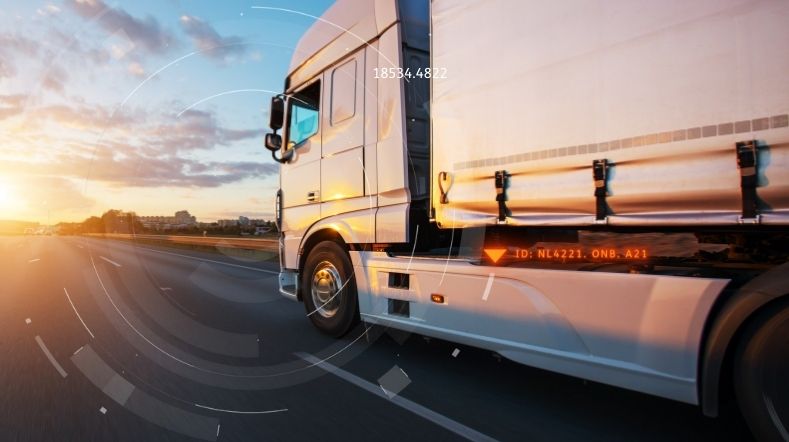
Enhancing road safety by extending the vehicle's horizon with the Digital Road Infrastructure
To improve road safety and achieve higher levels of vehicle automation, a trusted and shared Digital Road Infrastructure (DRI) is essential. With numerous components required to make this possible, it is crucial that industry partners and road operators collaborate to enhance both road and vehicle safety. An effective DRI is based on trust, which is currently lacking. TNO’s expertise and coordination skills can help break the current deadlock, according to experts Peter-Paul Schackmann and Daniel Altgassen.
As our mobility system is preparing for vehicles with higher levels of automation, the need for a reliable and trusted data infrastructure increases. Peter-Paul Schackmann, Senior project manager Connected Mobility at TNO: ‘At TNO, we are committed to enhancing mobility by making it safer, more sustainable, and more efficient. We believe that information generated by road operators and road users and shared with specific road users, can greatly contribute to that goal. By using external data, on top of the vehicle’s own sensor data, we can significantly extend the vehicle’s operational horizon and thereby improving vehicle safety.’
Despite the potential benefits of an effective DRI recognised by all parties, progress is stalled by the status quo in both industry and government. ‘Currently, a lack of trust between OEMs and road operators is blocking implementation,’ says Peter-Paul Schackmann. ‘OEMs are hesitant to use external digital data due to concerns about its reliability, while road operators are unsure of the specific data needed and how to provide this. To move forward, we require cross-chain collaboration and proof that quality and trust issues can be resolved.’

‘Today, most of us rely on apps like Google Maps and Flitsmeister for real-time traffic information. The urgency to decrease misinformation has recently grown significantly, as the same data is now also being used by Advanced Driver Assistance Systems (ADAS) and, eventually, autonomous vehicles, making data quality and trust more critical than ever.’
From informing drivers to actionable data
The idea of using external data to extend a driver’s ability to see beyond the horizon has been around for some time, says Daniel Altgassen, Systems Engineer for Integrated Vehicle Safety at TNO. ‘It began with RDS-TMC traffic message services on the radio. Then, with the introduction of navigation systems, users could access traffic and roadwork updates. Today, most of us rely on apps like Google Maps and Flitsmeister for real-time traffic information. OEMs have developed cloud-based services, often in partnership with navigation providers, to share such data with their customers.’
Altgassen adds that, until now, this data was only used to inform drivers. In these systems the driver is responsible for safe driving behaviour and occasional misinformation is of lesser criticality, as it is handled by the human interpretation.
‘The urgency to decrease misinformation has recently grown significantly, as the same data is now also being used by Advanced Driver Assistance Systems (ADAS) and, eventually, autonomous vehicles, making data quality and trust more critical than ever.’
The ISA case
‘To properly scale ADAS and achieve higher levels of automation, relying solely on ego vehicle sensor data is challenging, if not unfeasible,’ says Altgassen. A TNO study on EU-mandated Intelligent Speed Assistance (ISA) systems highlights this issue. In current vehicle implementations, ISA uses a camera to recognise speed limit signs and often combines this with map data to determine the applicable speed limit. However, camera-based detection has limitations—signs may be obstructed, misinterpreted, or affected by weather conditions. Additionally, map data can be inaccurate, insufficiently detailed (e.g., lane-specific), or outdated. These sensor and map flaws can lead to unsafe situations, such as unexpected braking, especially when used by automated vehicle systems.
The EU ISA regulation (2019/2144) does not specify which sources to use for speed limit data, but it outlines performance requirements and implementation possibilities. Currently, ISA systems are permitted a margin of 10% incorrect detections. For automated systems, however, 90% accuracy is insufficient—the requirement will be much more stringent, close to 100%. Additional use of Digital Road Infrastructure (DRI) data can provide the technical solution needed to achieve the required performance.
Meet the expert - Join one or more free online sessions
What are the milestones on the path to safe automated driving? Join our free online sessions and meet the experts on 25 November and 16 December.
Achieving trust
While generally acknowledged that DRI is the way forward, there are concerns about the quality and trust in data. Standards and trust mechanisms are essential building blocks to fully realise smart mobility benefits, says Peter-Paul Schackmann. ‘With the European Union C-ITS Security Credential Management System policies, the EU has established a European Trust Domain that provides electronic signatures to ensure origin and integrity of data. This electronic signature indicates that the data that has been shared has not been changed or tampered with, and that it comes from a trusted source. Vehicles can recognize trusted data sources, like Rijkswaterstaat, which is crucial in the assessment of the reliability of shared information.’ This is an important first step in the right direction, but it’s not enough to create a trusted DRI.
Quality of data
Recognising a trusted source is important, but ensuring data quality is crucial as well. Altgassen explains that even when data providers are trusted, the data itself can still be flawed, with errors such as incorrect signals or outdated information. TNO is developing a Misbehaviour Detection (MBD) concept to help identify such issues by comparing multiple data sources and using historical patterns.
Altgassen says, ‘By ‘misbehaviour,’ we mean that something is not behaving as it should, for various reasons. Trust levels for data sources are established based on historical data, known reliability, and digital signatures. Data quality from different sources is assessed operationally through sanity checks and content comparison across sources. Having both quality and trust metrics enables the ADAS system to make informed decisions based on shared data. The Misbehaviour Detection mechanism can also be used to report suspected faulty data back to the source, allowing that party to make improvements and thus continuously enhancing data quality. The requirements and complexity of trust and MBD algorithms depend on the required safety level. As the system becomes more autonomous, reliability and data quality become even more critical.’
For the ISA case, TNO recommends cross-verifying data from cameras, maps, and DRI sources. Initial tests have identified differences between data sources, and further scaling is needed to test MBD in more specific scenarios, such as lane-specific rules. The long-term goal is collaboration among all stakeholders to implement mechanisms that improve the accuracy of shared data sources.

‘Now is the right time to act. Ultimately, both data providers and vehicle OEMs must collaborate to agree on data quality and trust specifications to ensure effective use of data. TNO can bring these parties together, facilitate discussions, showcase possibilities, and identify challenges.’
Time to act is now
Schackmann believes that now is the right time to act: ‘Ultimately, both data providers and vehicle OEMs must collaborate to agree on data quality and trust specifications—which trust mechanisms, what quality checks, and how to communicate discrepancies or misbehaviours—to ensure effective use of data. You can start small, with just two parties. For example, a road operator aiming to improve safety through digital data might not fully understand the needs of the recipient. Meanwhile, an OEM looking to enhance vehicle sensor data with reliable digital information needs clarity on expectations from the road operator and guidance on designing the system architecture. TNO can bring these parties together, facilitate discussions, showcase possibilities, and identify challenges.’
TNO supports both sides. By combining expertise in communication and data exchange with integrated vehicle technology, TNO offers the knowledge needed to design the system architecture for a DRI. With practical experience in implementing these technologies and interpreting European standards, TNO, as an independent party, can help unite both parties and facilitate productive discussions.
Altgassen adds: ‘Starting small now can significantly impact road safety in the near future, giving us even more reason to set things in motion.’
About the experts
Within TNO, Peter-Paul Schackmann is responsible for knowledge development on the topic of Connected Mobility. In this role, Peter-Paul leads various projects, leveraging expertise from the TNO units Mobility & Built Environment and ICT to jointly realise and substantiate the added value of connectivity within the mobility domain. We achieve this with partners, both public and private, in national and international projects. Peter-Paul and his team specialise in C-ITS, CCAM, the digital road infrastructure, data sharing, 5G, and trust.
As a Systems Engineer at TNO, Daniel serves as a strategy consultant on Cooperative Connected Automated Mobility (CCAM) and leads teams in the design, integration, and validation of intelligent vehicle software for autonomous driving. He acts as a technical lead and systems architect in projects, focusing on application development for innovative CCAM solutions. His responsibilities include applying Systems Engineering in system design, software integration, and prototype validation, as well as road-mapping and identifying key research topics to address industry and public sector needs.
Get inspired
TNO launches Motion Comfort Institute for automated vehicle era
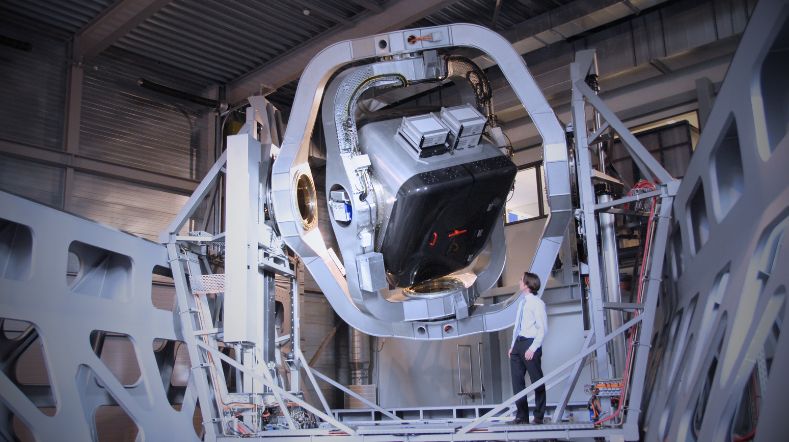

Releasing autonomous software faster with DeepScenario and TNO’s StreetWise
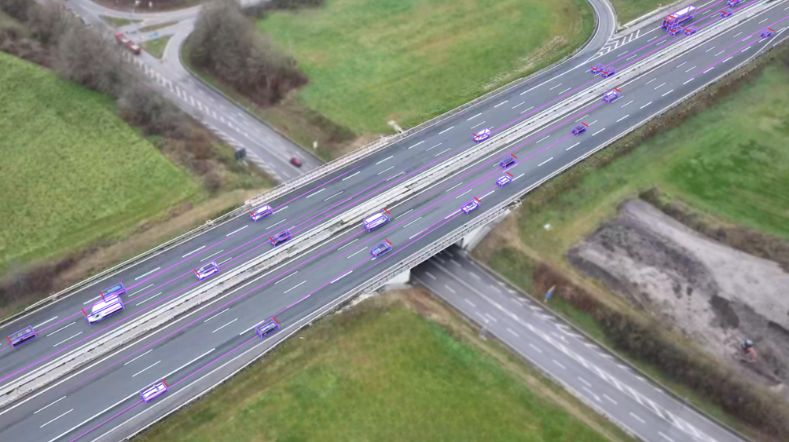

MARQ opens its doors: a place to collaborate on the mobility of the future
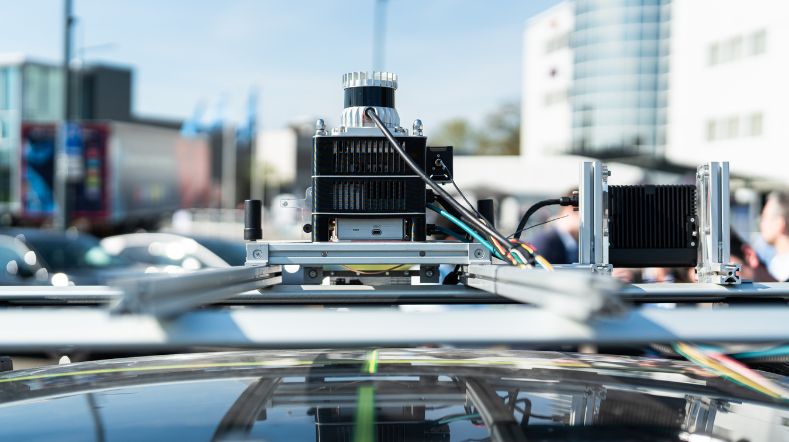

Demonstrations of automated driving and charging for logistics at Maasvlakte
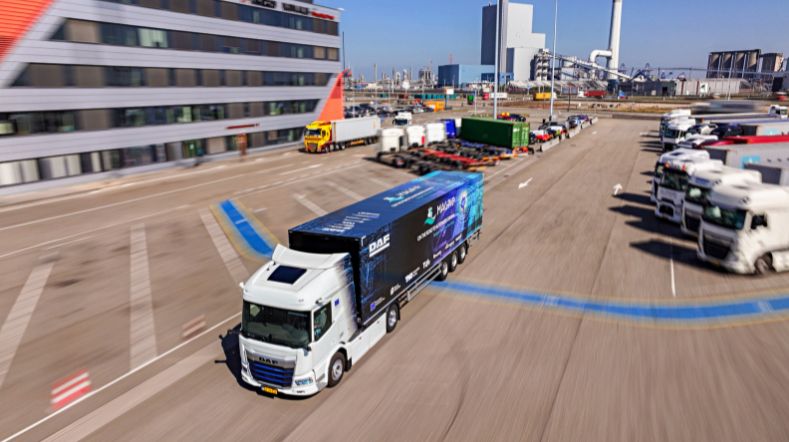

Getting on board with autonomous transport? Five things you need to know
